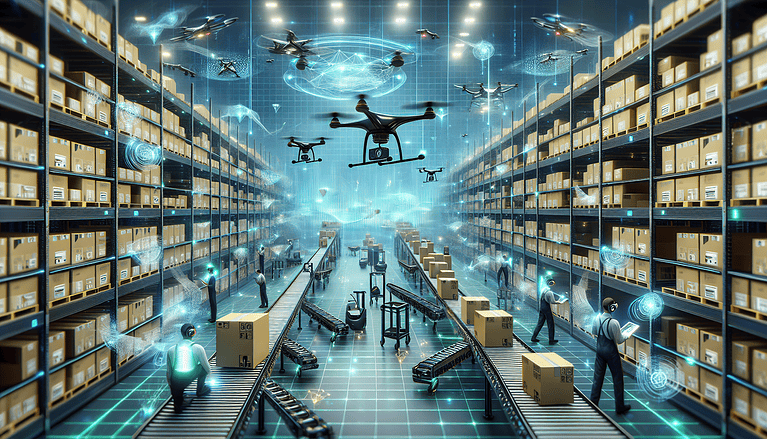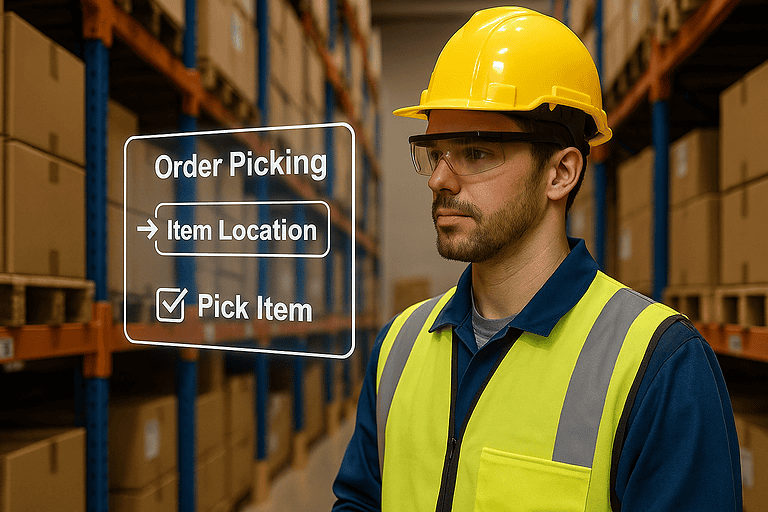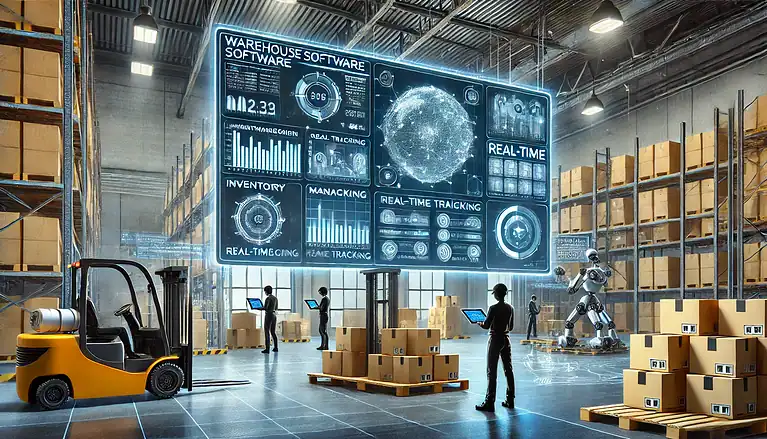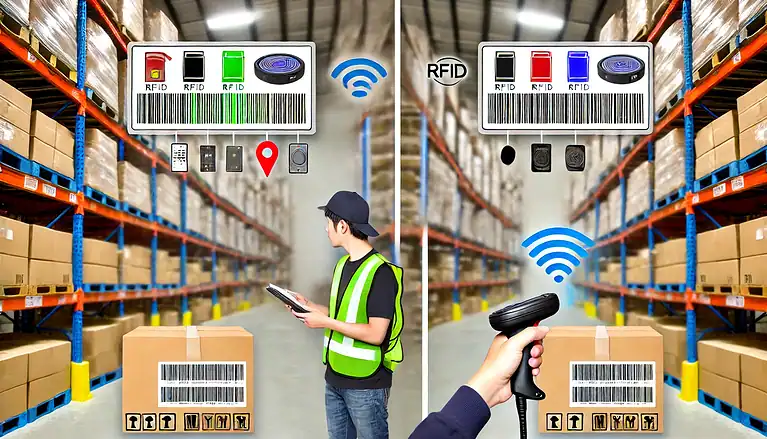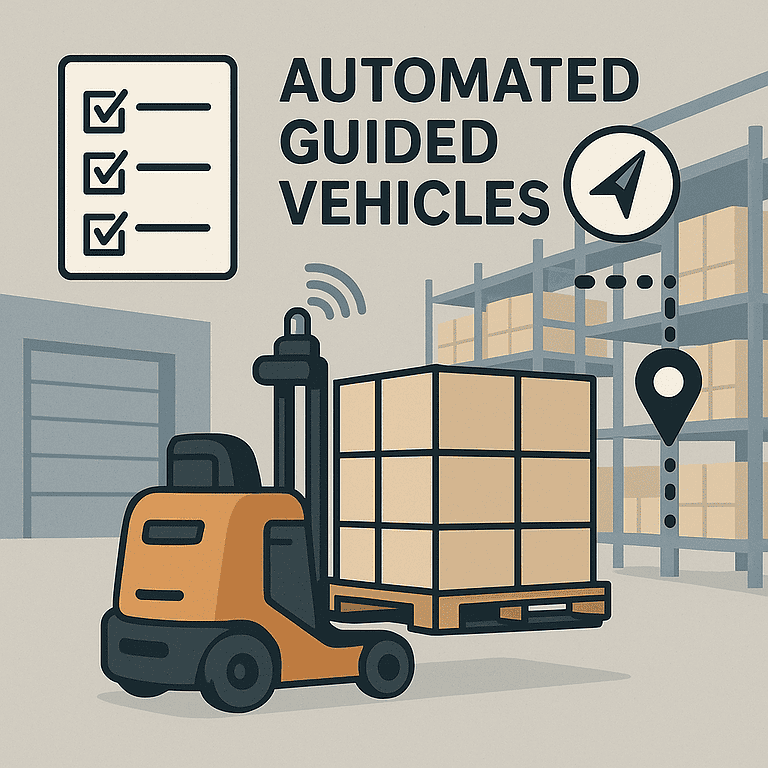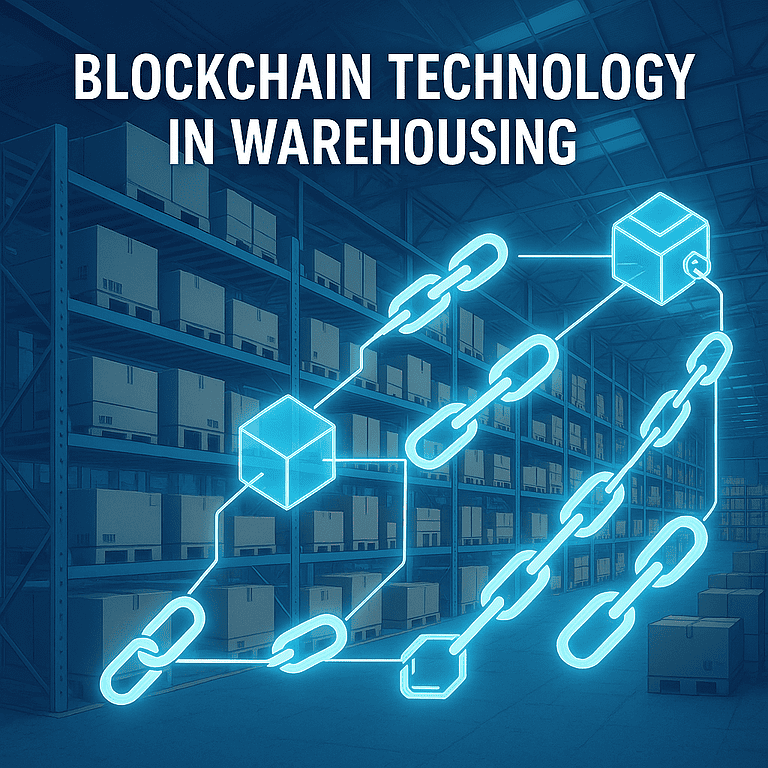Edge Computing in Warehousing: Real-Time Efficiency at the Edge
Edge computing is no longer just a buzzword. In warehousing, it’s becoming a core enabler of real-time decision-making, from predictive maintenance to safety monitoring. Unlike cloud computing, edge computing processes data where it’s generated — at the “edge” of the network — enabling faster, more reliable insights.
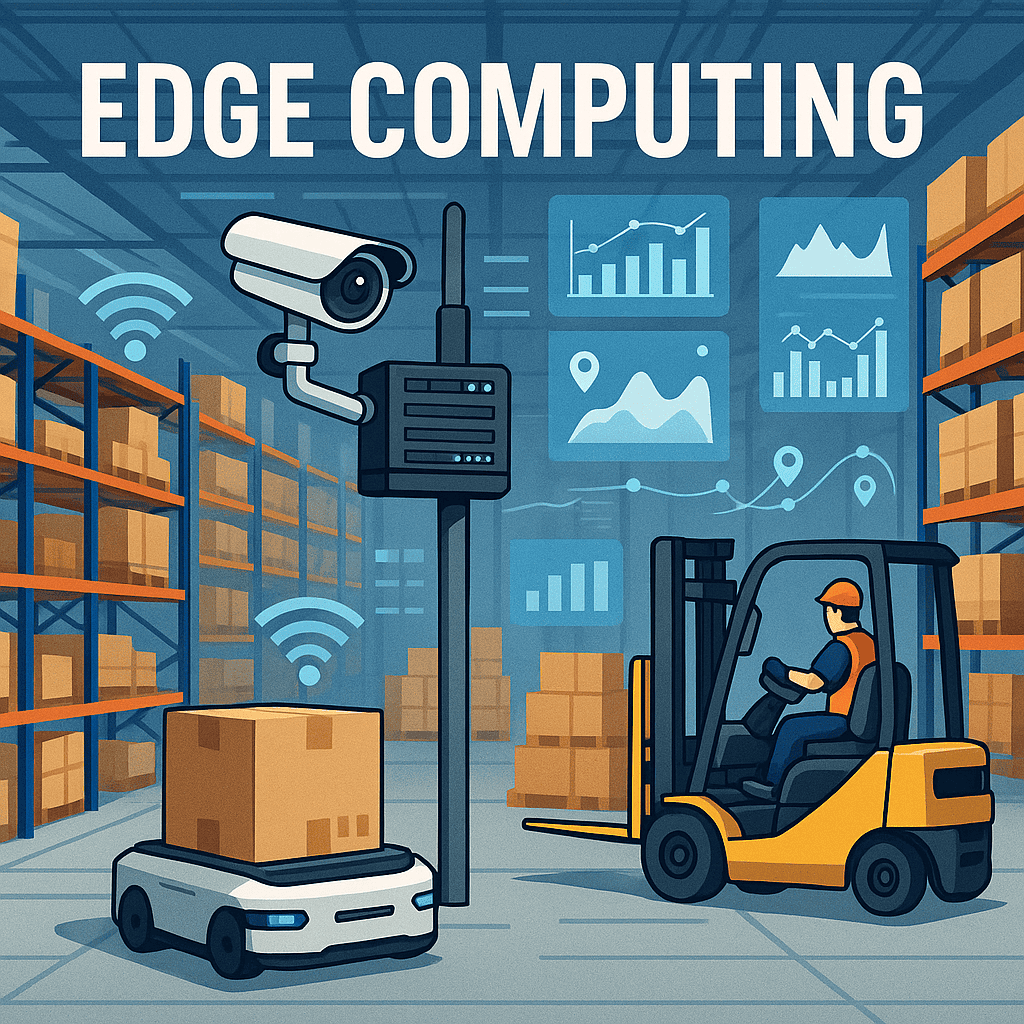
What is Edge Computing?
Definition: Processing data locally, near the source (e.g., IoT devices, sensors, cameras).
Difference vs. Cloud: Cloud sends data to centralized servers; edge minimizes latency by processing locally.
Why this matters in warehouses: millisecond decisions mean fewer delays in robotics, scanning, and sorting.
Key Applications in Warehousing
Predictive Maintenance
Conveyor motors, forklifts, and AMRs generate continuous data.
Edge devices instantly detect anomalies, preventing downtime.
Worker Safety & Compliance
Cameras and AI at the edge detect missing PPE or unsafe behavior in real-time.
Alerts supervisors immediately — not after the fact.
Inventory & Asset Tracking
Edge-enabled RFID readers and sensors provide real-time visibility.
Faster replenishment decisions, fewer stockouts.
Robotics & Automation
Robots depend on low-latency responses for navigation and task execution.
Edge processing ensures reliability even when cloud connections are lagging.
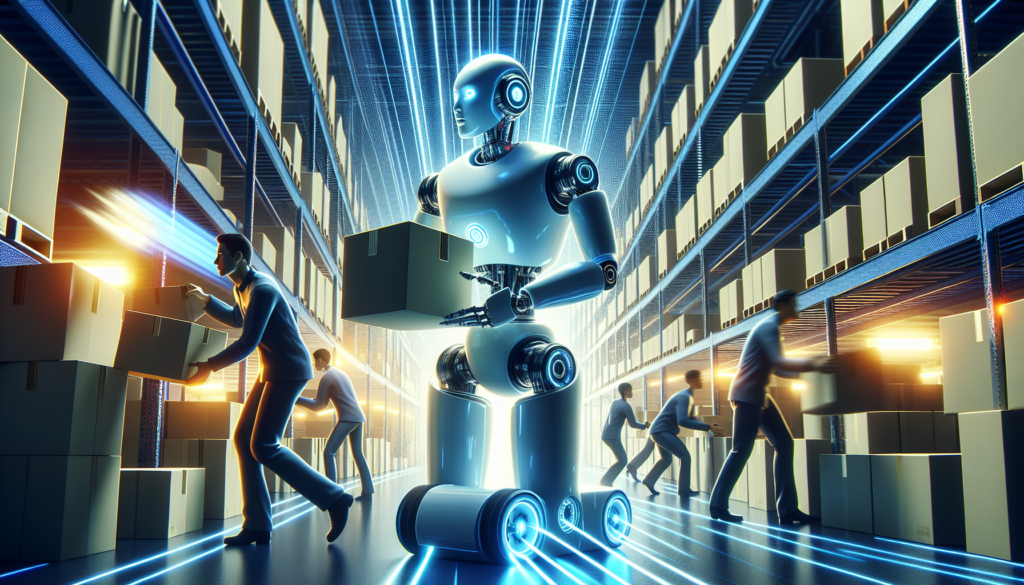
Benefits for Warehouses
Lower Latency: Millisecond decisions vs. waiting on the cloud.
Cost Savings: Reduces the need for high-bandwidth cloud data transfers.
Resilience: Systems still function even if the internet/cloud is disrupted.
Scalability: As IoT adoption grows, edge prevents data overload.
Challenges and Considerations
Initial investment in edge hardware/software.
Need for IT/OT alignment (operations + IT teams).
Security at the edge (managing distributed devices).
The Future of Edge in Warehousing
Edge isn’t replacing the cloud — it complements it. The hybrid model (cloud + edge) will define the next wave of smart warehouses, where predictive AI, robotics, and IoT operate seamlessly together.
Conclusion
Edge computing is reshaping warehouses from reactive operations into adaptive systems. By bringing processing power closer to where data is created, warehouses can achieve real-time decision-making, reduce downtime, and unlock new levels of efficiency.
Additional Resources
- Intel Edge Computing Overview – Intel Edge Computing Solutions
- NVIDIA Edge AI – NVIDIA Edge Computing and AI
- Supply Chain Dive (Warehouse Technology) – Supply Chain Dive: Technology News

